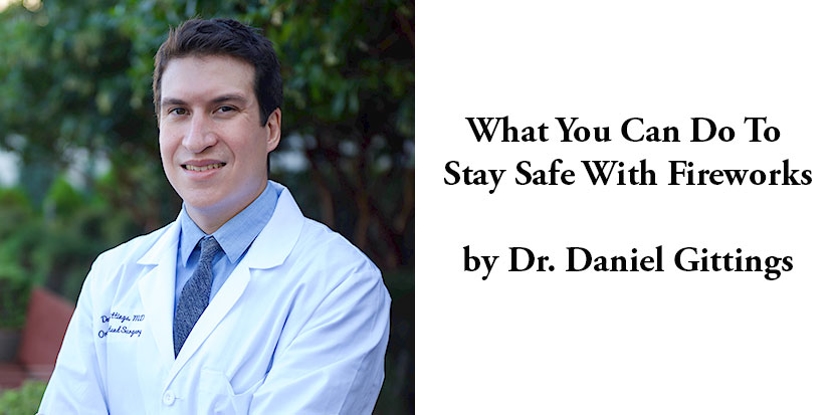As COVID -19 Quarantine Closes Gyms, Time to Exercise at Home
- Category: News
- Posted On:
- Written By: Dr. Adam Rivadeneya, M.D.

The coronavirus pandemic has closed our gyms, but we can continue to stay in shape by continuing our exercising at home. Home workouts come with huge advantages. They relieve our stress, reduce the soreness and tension that result from sitting all day in front of television sets that seem to just give us more grim coronavirus news. And, perhaps more importantly, they help burn calories we’re adding to our bodies from all those additional meals.
It’s not a routine time, but if exercise is part of your daily routine, good for you. Stick with it at home!
There are two forms of physical training exercises, cardio training and strength training. We’re going to focus on cardio in this article because it’s the easiest to adapt to your normal home routine.
Cardio Training at Home
Many exercises fall into the cardio training category, which includes just about anything that raises your heart rate. As long as the rules of appropriate social distancing are obeyed, walking, hiking, running, dancing, cycling, are all good forms of cardio exercise. The benefits of correctly applied heart training are well documented and include weight loss as well as mood enhancement.
The trick to cardio training is to have a target heart rate that’s suitable for your age and current level of fitness. This heart rate or “target zone” is where you actually “train” your heart to be a more efficient muscle. So find a way to measure your heart rate either by taking your own pulse or using one of the many heart monitors available to track
Target heart rates vary dramatically for individuals but a good starting point is to determine what your maximum rate should be. A young healthy heart starts at 220 beats- per-minute (bpm) and loses about 1 bpm per year of aging. So, for example, a 30-year-old would have a maximum heart rate of 190 bpm based on the formula 0f 220 maximum minus the 30 years of heart aging. That number will be considered the maximum rate.
Age | Target HR Zone 50-85% | Average Maximum Heart Rate, 100% |
20 years | 100-170 beats per minute (bpm) | 200 bpm |
30 years | 95-162 bpm | 190 bpm |
35 years | 93-157 bpm | 185 bpm |
40 years | 90-153 bpm | 180 bpm |
45 years | 88-149 bpm | 175 bpm |
50 years | 85-145 bpm | 170 bpm |
55 years | 83-140 bpm | 165 bpm |
60 years | 80-136 bpm | 160 bpm |
65 years | 78-132 bpm | 155 bpm |
70 years | 75-128 bpm | 150 bpm |
So whatever exercise we pick, we will need to be in the target zone for our age group as shown in the attached graphic and stay in that zone for approximately 20 minutes. The 50 to 85 percent of our maximum heart rate will actually “train” or condition our heart.
Let’s say we’re walking and we’re regular walkers so we apply ourselves a 75 percent target zone to achieve. We should do five minutes of walking to get us to our target zone and spend at least 20 minutes in the zone. As our heart gets stronger, we’ll have to put more effort to get “in the zone” because our legs and lungs will become more efficient as well and will need less blood. The heart supplies blood as needed to muscles so your heart rate will decrease as your muscles become stronger which means you’ll have to walk faster and harder or more uphill perhaps to keep your heart rate in the zone.
If you don’t want to count heartbeats, there’s another way to measure the intensity of your workout. The Borg Rating of Perceived Exertion (RPE) allows the user to rate his or her own input on a scale of six to 20, where 6 is no exertion and 20 is maximum.
The Borg RPE method allows you to determine your level of exertion based on how you feel. The feedback your body gives you will tell you if you’re working too hard or not hard enough. For example, if you feel light exertion from a leisurely stroll, that’s a 9 on the scale. We want to be somewhere around 12 – 14 when we’re exercising to receive the most benefit from our efforts.
Whatever method you use, it’s important to monitor your heart for the best and safest exercise results. Now get out there and take a stress-reducing walk or bike ride. Your heart will “heart” you for it.
(Dr. Rivadeneyra is a board certified sports medicine physician with Hoag Orthopedic Institute in Irvine, California.)


